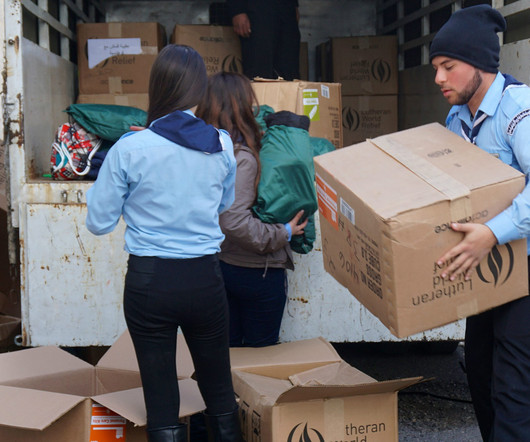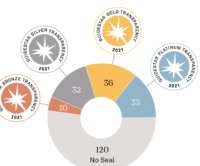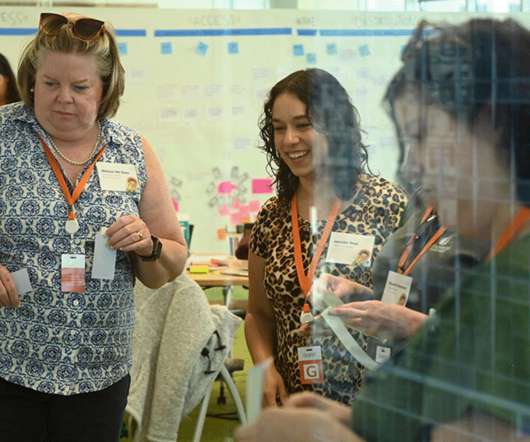A Volunteer Hour In U.S. Jumps To $33.49
The NonProfit Times
APRIL 23, 2024
In a state-by-state comparison and including the District of Columbia and Puerto Rico, Massachusetts had the highest volunteer value at $40.97 per hour for Puerto Rico and $50.88 Benefits are included in the final estimate. percent is much larger than the annual inflation rate (3.4 It was $15.82












Let's personalize your content